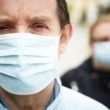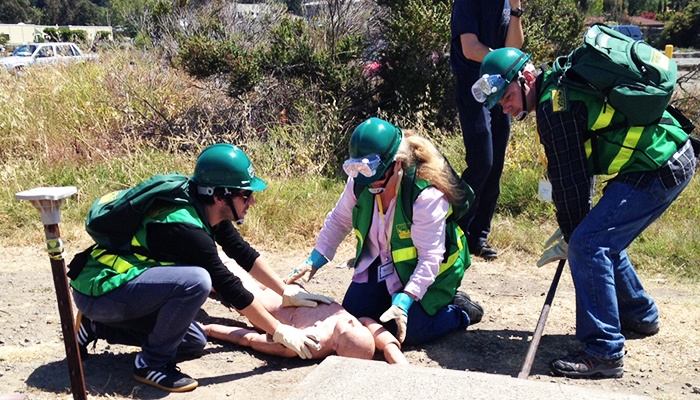Do you know first aid or are you qualified to provide basic life support or BLS? Then you can spring into action right away if someone is in dire need of care and a more detailed medical attention is not yet available. There should be no problem in allocating your attention and energy if only one individual is involved.
But what about during disastrous events — man-made or natural — where there are multiple casualties who require first aid? Whether a small or a large number of people are involved, providing first aid can suddenly become an entirely different matter because you have to decide which among the victims should get your attention first.
This is when disaster triage steps into the scene, which is a process by which people who are in need of care are sorted out according to the kind as well as urgency of their injuries or conditions. During a disaster, it’s of utmost importance for a first aider or any other person in the healthcare industry to choose which patients to focus on primarily.
Why is Triage Beneficial?
Basically, the concept of triage is providing the greatest number of victims with the greatest good. After all, triage comes from the French word “trier”, which means “to sort out”. Clearly, triage applies best when there are numerous casualties and allocating care and attention, as well as medical facilities and supplies, can save more lives.
During a disastrous event, triaging or the application of the concept of triage can be very beneficial. That’s because it allows for separating out casualties who require immediate attention, thus saving their limbs or lives. On the other hand, those whose injuries are non-critical and those who have little or no chance of surviving are not prioritized.
Who are Regarded as Priorities?
For instance, those who have cardiac arrest, respiratory arrest or distress, massive bleeding and major burns are attended to right away because providing them with immediate care can help save their lives or limbs. In contrast, those who have lacerations, fractures, sprains and others are prioritized next.
Basically, it’s imperative for a first aider or first responder to know how to identify conditions that are obviously life threatening in nature. For example, wheezing and skin discoloration are telltale signs of a compromised airway. Paleness and uncontrolled bleeding are matters that indicate problems with blood circulation.
Will Everybody Receive Care?
This does not mean, however, that victims whose injuries or needs are non-critical will not be given attention. Because of the fact that they suffer from injuries that require treatment all right but time is not really seen as a critical factor, those who are at higher risk of losing their lives or limbs but can be saved with prompt care are the primary concerns.
When it comes to disaster management, there are many other things that have to be sorted out since multiple casualties are involved and the various resources for providing medical care are, for certain, limited. It is therefore important for the proper management of medical resources and facilities to be considered as well.
How Can One be Trained?
Did you know that just about anyone can obtain BLS training? No matter if you are a teacher, security guard, accountant or a vet, provided that you want to be able to help in times of emergencies or disasters, you can become certified by attending classes and passing written and practical exams.
It’s true that disasters can strike at any time or any place, and being prepared is vital. If you want to make a difference by saving lives, it pays to be trained at administering BLS by attending classes, particularly those that involve disaster management. Certainly, your skills and know-how in the concept of triage can come in very handy.












